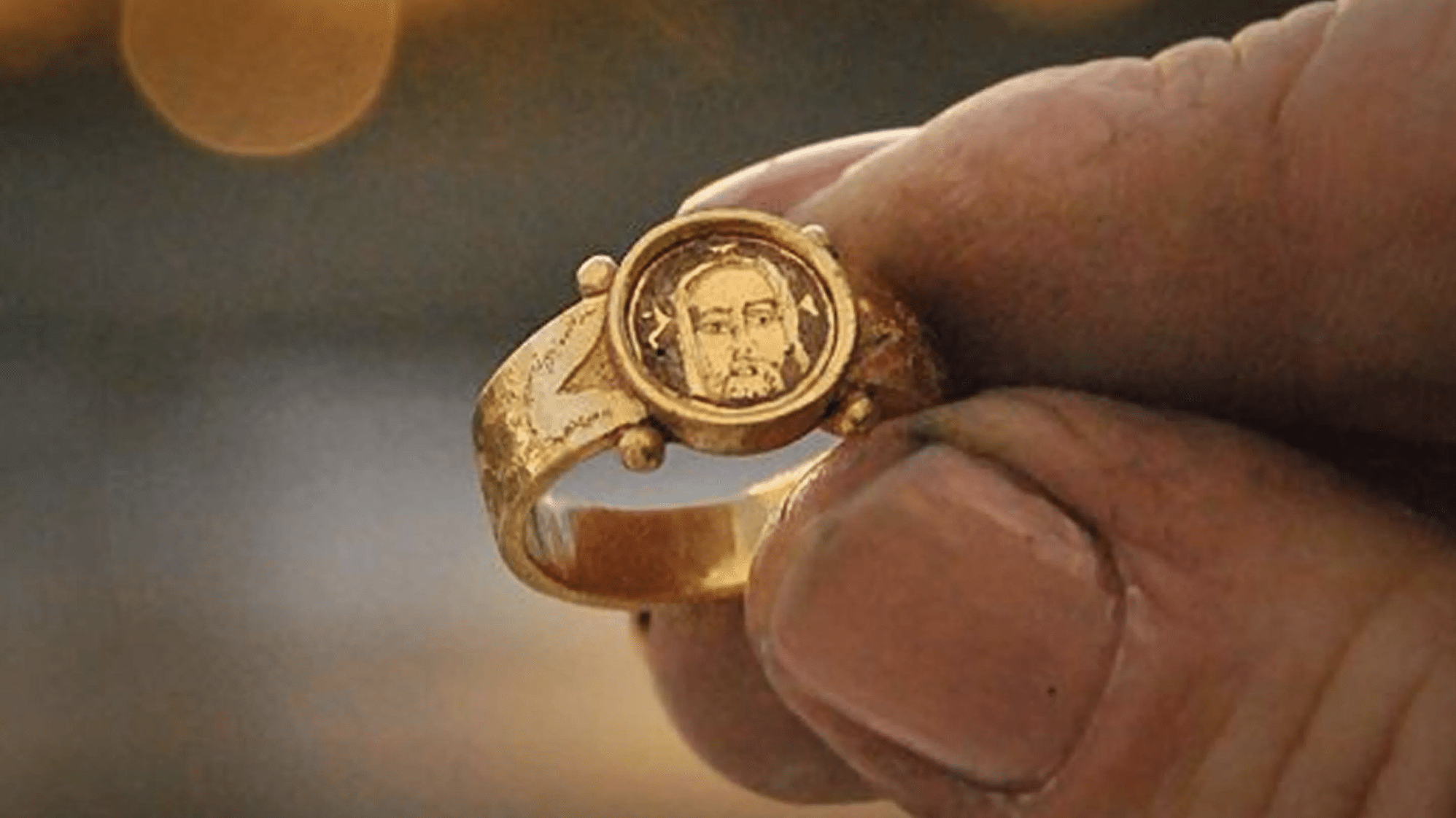Archeologists in Sweden recently discovered more than 30,000 ancient objects, including a gold ring with a carved image of Jesus that was likely lost centuries ago.
According to The Archaeologist, two investigations have been focused on a medieval city erected in the coastal city of Kalmar, in southwest Sweden. Although the city was destroyed in battle sometime in the 1600s, “sizable portions remained available for exploration.”
Researchers have found 50 medieval plots, around 10 streets, and segments of an ancient city wall which date between 1250 to 1650.
“The surveys show that virtually all farms were burned in connection with the Danes’ attack on the city in the summer of 1611. This is visible above all through fire horizons and razed buildings.
We have also found a large number of projectiles, such as cannonballs, musket balls, and pistol bullets, but also swords,” said Magnus Stibéus, a project manager at the Archaeologist.
The more recent items date to about 400 years ago and all the discoveries have given scientists insight into dietary habits and societal changes that took place during the medieval period.
“We have been able to lift the lid on the city’s Middle Ages and have had the opportunity to study how people lived, what they ate and drank, and how this changed over time,” Stibéus shared. “Archeology becomes like a peephole into medieval history that allows us to learn more about how life was several hundred years ago.”
Archaeologists found sites such as buildings and cellars as well as smaller, everyday objects including two “spectacular finds.”
One was a gold ring “in almost new condition with a Christ motif” which was found in “waste storage.”
“Probably someone was unlucky and lost the ring 500 years ago,” explained Stibéus.
The size of the ring indicates that it was most likely worn by a woman and resembles similar rings found in other parts of Sweden and Northern Finland. The other impressive find was an alsengem, a small glass stone believed to be a pilgrim amulet, which dates back to the 13th or 14th century. This particular find had three carved figures on it.
















